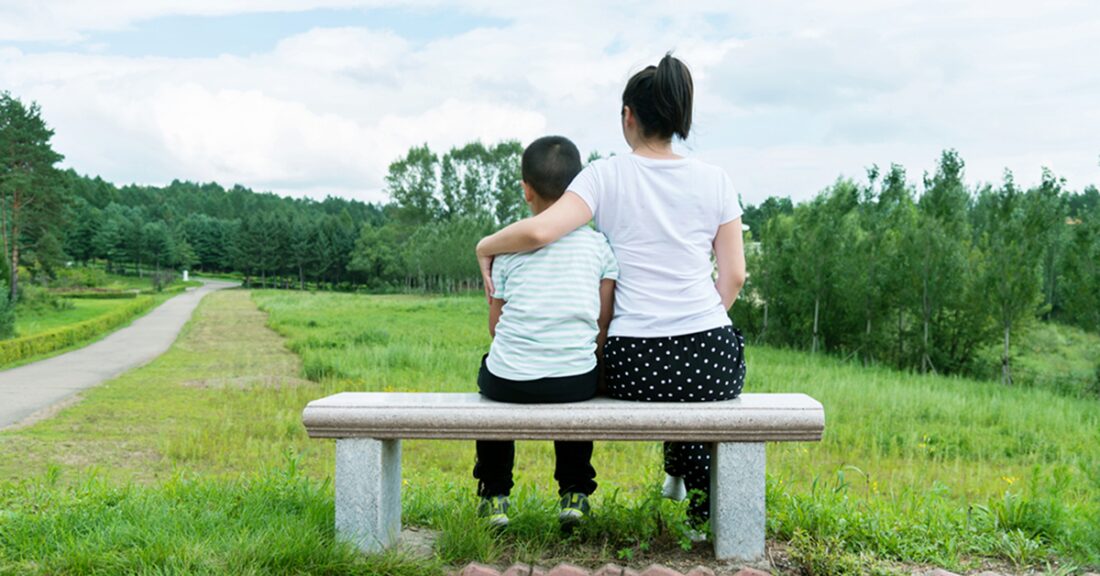The Adverse Effects of Racial Discrimination on Asian American Kids

The recent spike in racist sentiments and anti-Asian hate crimes has had a significant effect on Asian American (AA) and Native Hawaiian and Pacific Islander (NHPI) young people, as described in a 2021 study in the journal Child Development. This study notes that frequent race-related experiences lead to negative effects on the mental health of AA and NHPI youth.
Even prior to this recent rise in overt racism, these youth were reporting the highest rates of harassment from peers. AA and NHPI youth also face harmful stereotypes in American culture, such as the “perpetual foreigner” and the “model minority.” Overall, a growing body of research has documented the adverse effect of racial discrimination on youth development and emotional health, not just for the nation’s AA and NHPI youth, but young people of color more broadly.
Asian American & Native Hawaiian and Pacific Islander Discrimination Today
Take a look at recent findings on discrimination toward AA and NHPI groups:
- A 2022 report by the Center for American Progress found that 2 in 5 AA and NHPI youth who also identify as LGBTQ have experienced harassment or assault at school due to their sexual identity and race. These students are also more likely to experience depression and skip school due to feeling unsafe compared to students who did not experience this bullying.
- In California, home to the largest number of AA children and youth in the country, AA students are more likely to experience race-based bullying at school than students of other races or ethnicities, according to the latest data from the California Healthy Kids Survey (2017–2019).
- A 2022 Pew Research Center survey found that nearly two-thirds (63%) of AA adults say violence against Asian Americans is rising in the United States. Further, the vast majority of AA adults say they worry about race-based threats or attacks, and more than 1 in 3 (36%) report changing their daily routine due to these concerns.
How Can Leaders Address Discrimination?
Leaders can do more to address these racist acts and hate crimes, from strengthening and fully enforcing existing harassment, cyberbullying and hate-crime laws to promoting public education efforts and ensuring adequate representation of AAs and NHPIs in leadership roles.
Learn About a Framework that Helps Community Schools Elevate Student Voices to Advance Equity
It is also critical to support schools in addressing bullying and assault. For example, schools can ensure that they have:
- strong anti-harassment policies that are part of schoolwide systems to address student needs and provide safe, supportive environments;
- high-quality training for all school staff on how to prevent and address bullying incidents and how to identify and respond to student mental health issues;
- social-emotional learning programs for students and opportunities for positive youth development and connections with supportive adults, such as mentoring and community programs; and
- effective school-based services and the ability to connect students and families to community-based services for mental and behavioral health, medical care and other needs.
A Note About Language
We use the term “Asian Americans” in this post to refer to both Asian immigrants and U.S. citizens of Asian descent, as the term reflects the vast majority of this population, especially among children.






